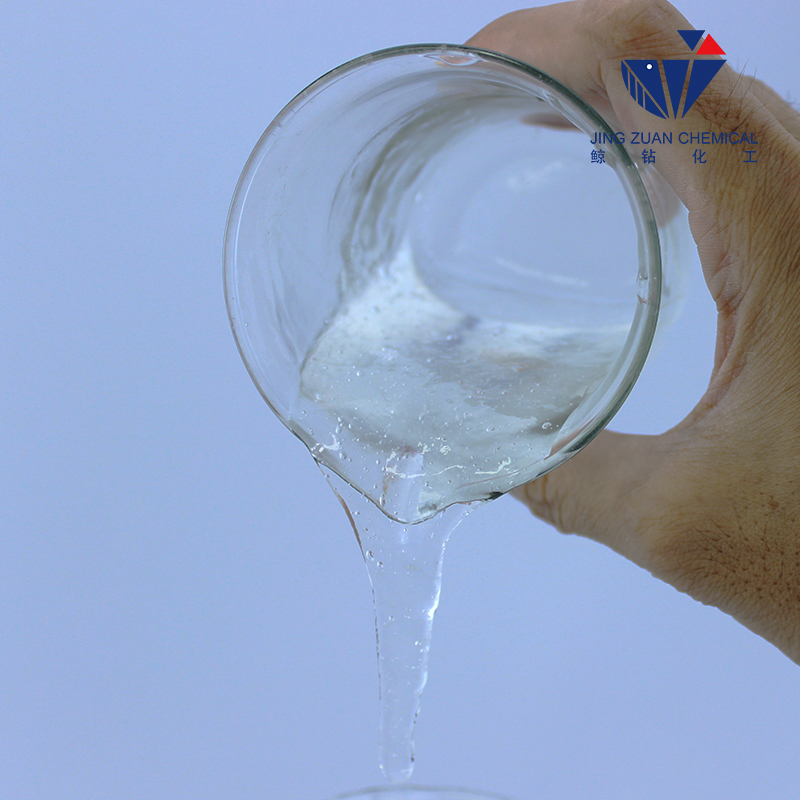
Aug . 13, 2024 11:06 Back to list
Applications and Benefits of Hydroxypropyl Methyl Cellulose Ether in Various Industries and Formulations
Hydroxypropyl Methyl Cellulose Ether Versatile Applications and Benefits
Hydroxypropyl Methyl Cellulose (HPMC) is a widely utilized cellulose ether that has become an integral component across various industries, including pharmaceuticals, food, cosmetics, and construction. As a non-ionic compound derived from natural cellulose, HPMC is known for its unique properties and versatility, making it a favored choice for many applications.
Composition and Properties
HPMC is synthesized by the chemical modification of cellulose, a natural polysaccharide found in plant cell walls. The substitution of methyl and hydroxypropyl groups on the cellulose backbone enhances its solubility in water and its compatibility with numerous organic solvents. This modification gives HPMC a range of molecular weights and substitution patterns, allowing for customization suited to specific applications.
One of the primary characteristics of HPMC is its ability to form gel-like solutions when mixed with water. This property is crucial in applications where thickening, binding, or stabilizing agents are required. HPMC is also known for its good water retention, which is vital in construction applications, such as in mortar or plaster, providing increased workability and adhesion.
Applications in Pharmaceuticals
In the pharmaceutical industry, HPMC is primarily used as a binder, film-forming agent, and controlled-release agent in drug formulations. Its biocompatibility and ability to manipulate the release rate of active ingredients make it particularly valuable in formulating tablets and capsules. Moreover, HPMC can improve the texture and palatability of liquid formulations, making medicines more acceptable to patients.
The gel-forming ability of HPMC is also beneficial in the creation of ophthalmic solutions, as it provides a protective barrier on the surface of the eye, assisting in dry eye treatments. Additionally, its use in topical formulations as a thickener or emulsifier enhances the stability and efficacy of creams and ointments.
Role in Food Industry
hydroxypropyl methyl cellulose ether

In the food industry, HPMC serves as a food additive with thickening, stabilizing, and emulsifying properties. It is often used in gluten-free baking, where it helps improve the texture and moisture retention of products, mimicking the properties of gluten. HPMC is also employed in sauces, dressings, and dairy products to enhance viscosity and mouthfeel.
Being a plant-derived product, HPMC is considered a safe additive, making it suitable for health-conscious consumers. Its versatility in food applications has led to a growing demand, particularly in the burgeoning market for gluten-free and low-calorie foods.
Cosmetic and Personal Care Applications
The cosmetic industry has embraced HPMC due to its thickening and stabilizing properties. It is commonly found in lotions, creams, and gels, where it helps to improve texture and enhance the sensory experience of products. HPMC also acts as a film-forming agent, contributing to the longevity of makeup and skincare formulations.
Construction and Building Materials
In construction, HPMC is frequently utilized as an additive in cement-based materials. It enhances workability, water retention, and adhesion properties, leading to improved performance in applications such as tile adhesives, plaster, and mortar. The use of HPMC contributes to the efficiency of construction processes, as it allows for extended open times and reduces cracking, promoting a durable end product.
Conclusion
Hydroxypropyl Methyl Cellulose Ether stands out as a multifunctional agent with a myriad of applications across various industries. Its unique properties, coupled with its natural origin, make it a preferred choice for manufacturers aiming for high-quality, effective, and safe products. As innovation continues, the potential for HPMC applications may expand further, reinforcing its significance in contemporary formulations across pharmaceuticals, food, cosmetics, and beyond. The future is bright for HPMC, as it adapts to meet the evolving needs of diverse industries.
-
Versatile Hpmc Uses in Different Industries
NewsJun.19,2025
-
Redispersible Powder's Role in Enhancing Durability of Construction Products
NewsJun.19,2025
-
Hydroxyethyl Cellulose Applications Driving Green Industrial Processes
NewsJun.19,2025
-
Exploring Different Redispersible Polymer Powder
NewsJun.19,2025
-
Choosing the Right Mortar Bonding Agent
NewsJun.19,2025
-
Applications and Significance of China Hpmc in Modern Industries
NewsJun.19,2025







